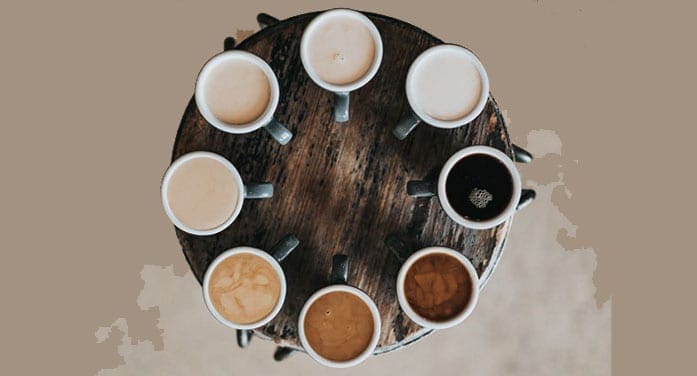 Coffee is one of the most traded commodities in the world. In Canada, we don’t grow coffee – yet – but we love our daily cup of java. Over 90 per cent of Canadians are coffee drinkers.
Coffee is one of the most traded commodities in the world. In Canada, we don’t grow coffee – yet – but we love our daily cup of java. Over 90 per cent of Canadians are coffee drinkers.
But coffee is getting ridiculously expensive.
In 2020, Canada was ranked fifth highest in the world based on per capita consumption of coffee. The average Canadian consumes about 5.5 kg of coffee a year. The Netherlands is the most addicted nation, with 8.3 kg per person, according to Statista.
Coffee in Canada is 17 per cent more expensive since January and barely anyone noticed.
The bad news is that more hikes are coming. Last month, coffee futures exceeded US$2 per pound for the first time since November 2014 and prices have remained resiliently high ever since.
Early frost reports got many investors and contract starts nervous. On July 29, a large region of Brazil saw snow for the first time in years and that will likely compromise its coffee harvest. As a result, the price of coffee is around US$1.85 per pound right now.
Coupled with higher transportation costs, Canadian coffee importers, compelled to renegotiate contractual terms, will likely pay more. In turn, menu prices will need to be adjusted.
 The recent sobering Intergovernmental Panel on Climate Change (IPCC) report on climate change by the United Nations reminded us of how extreme weather patterns will impact various crops for years.
The recent sobering Intergovernmental Panel on Climate Change (IPCC) report on climate change by the United Nations reminded us of how extreme weather patterns will impact various crops for years.
Coffee is certainly near the top of the list of crops highly vulnerable to climate change. Arabica coffee beans, used for dark roasts, are growing in popularity around the world, but these beans require constant and predictable growing conditions. Climate change is just making farmers’ lives even more challenging and it isn’t going to get easier.
Retail coffee prices are expected to rise in Canada and consumers should notice a difference by the end of 2021. We may also see more shrinkflation affecting coffee – cans or bags of coffee could shrink, with prices per unit remaining the same. It’s a clever way not to spook the consumer.
In food service, things are much more subtle than they used to be. For many years, major coffee chains would notify consumers about price hikes – a nickel here, a dime there. Not anymore. Between 2014 and 2018, Tim Hortons announced coffee price increases regularly, only to see angry consumers take to social media and express their discontent. That’s just not good marketing.
But the way we buy things now is helping chains manage menu prices differently.
Since we now operate in a mostly cashless economy, few people notice price increases from one week to the next. When using a card, visualizing the cost of anything is much more challenging. Chains can get away with increases with hardly anyone noticing. A cup of coffee has increased by about 15 per cent on average in food service over the last three or so years and few are complaining.
But with prices going up, many consumers are likely to trade down or continue having coffee at home, as they did during COVID-19 lockdowns. Depending on what coffee you buy, and where you buy it, costs can add up monthly. Making coffee at home will cost 25 to 30 per cent less than buying coffee at your favourite chain. During lockdowns, many consumers would have noticed these savings.
Coffee is a formidable strategic hook that most restaurant chains love to use to get more foot traffic and generate more business. Getting someone to buy coffee regularly generates revenue, especially before 11 a.m. daily.
A few years ago, McDonald’s knew what it was doing when it gave away free coffee for a month. Free coffee, for an entire month! The chain is now a top player in the breakfast market. While Starbucks set a benchmark on coffee quality and experience, McDonald’s made strong, dark-roast coffees a mainstream flavour.
With today’s prices, a similar campaign would cost at least 35 per cent more than it did a few years ago. So this may not happen again any time soon.
Regardless of what happens to prices, Canadians will continue to drink coffee. But will we buy our brew from a coffee shop or make it at home?
That remains to be seen.
Dr. Sylvain Charlebois is senior director of the agri-food analytics lab and a professor in food distribution and policy at Dalhousie University.
Sylvain is one of our Thought Leaders. For interview requests, click here.
The views, opinions and positions expressed by columnists and contributors are the authors’ alone. They do not inherently or expressly reflect the views, opinions and/or positions of our publication.

